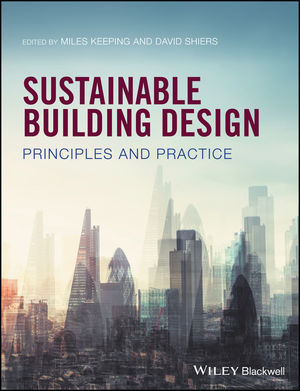What began as architects Catherine Johnson and Rebecca Rudolph’s provocative response to the question “What is architecture?,” posed by the American Institute of Architects Los Angeles chapter as part of a 2010 competition, became the ethos of the duo’s collaboration: “It is design, bitches” was their answer. The SCI-Arc graduates met while working at Bestor Architecture; they established their Los Angeles practice in 2010. The pair’s projects unabashedly integrate a spectrum of influences, from pop culture to fine art. For Superba Snack Bar in Venice, California, completed in 2012, Johnson and Rudolph crossed a Parisian café with the kind of stoner-chic aesthetic seen in the 1982 movie Fast Times at Ridgemont High. They are currently at work on a second Superba. RECORD spoke to the architects about their projects and the philosophy that fuels their work.
Rebecca Rudolph: It’s sort of an alter ego. Design, Bitches is this entity that allows us to do things that as individuals we might not have the courage to do. It also allows us to be very candid with what we really think.
Catherine Johnson: The name is rooted in some of our underlying philosophies. When we wrote that architecture is “design, bitches,” it made the profession seem more approachable and accessible to a larger audience.
Design, Bitches is unusual in that you are two women working together. What is important to you both?
CJ: This idea of a more transparent collaboration. The whole architecture with a capital A is usually focused on just one person. It’s a Frank Gehry or Rem Koolhaas. We think that architecture has always been about collaboration. None of those buildings could be built
or designed by one person. Working with other talented people actually creates a better end product. Why would we not want to access them and their talent and give them credit?
RR: The hope is that someday there will be more people working at Design, Bitches.
How do you approach your “four wheels to four walls” projects, where you translate L.A. food trucks into brick-and-mortar shops?
CJ: We have this high-low inspiration. It can be very philosophical, or it could be a Beyoncé costume. At the Coolhaus shop [for an ice-cream truck with architecture-inspired flavors; Design, Bitches conceived the permanent outpost in Culver City, completed in 2011], the floating mirror balloons could reference Andy Warhol, or we just found these cool balloons and wanted to make them into signage.
RR: We’ll try to gather inspiration relating to the project and then pair it to create an unusual juxtaposition. The inspiration doesn’t come out of nowhere—it’s related to the atmosphere the client wants to create and the food they’re serving.
Design, Bitches has also created branding and conceptual products for clients. How does that square with your thoughts of architecture?
RR: We see architecture as not just the building or structure; it’s the environment that you’re creating, that people are interacting with. It could be the cup that you pick up just as much as the space itself. Straight up, it’s fun to work on a variety of things.
CJ: Architecture can be slow-moving. It’s kind of nice to have these other little bits on a faster track to keep things lively. What projects are you working on now?
RR: We’re working on a bigger Superba, which will be a 4,000-square-foot multifunctional space. This one is inspired by art studios in Venice from the ’80s, and also the auto-body garage that occupies the site now. We’re trying to keep the large garage door on one side and have moving blankets be the fabric for the banquettes. Then on one side we’ll have cedar decking and marbled tables, for a more refined look at night. We’re also working on a house surrounded by the Angeles National Forest. We’ve been invited to participate in the Santa Barbara Contemporary Arts Forum in 2014, on an exhibition about architects doing a variety of things besides designing buildings.
Given your penchant for small insertions, what if someone asked you to design a monument?
RR: [Laughs] We would probably subvert it a little bit.
CJ: Even if we were on that route, I think I would always have a love of the little slices because they’re some of my favorite places in all the cities I’ve been to. They’re the most memorable places for me.
RR: We would want the design to allow for the negative space and for the unplanned to happen.









